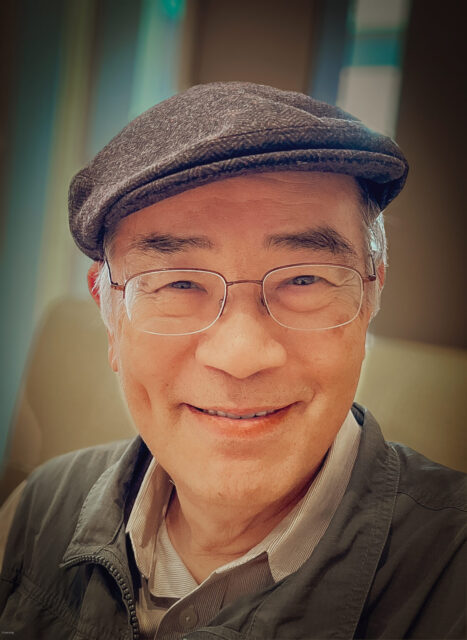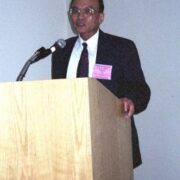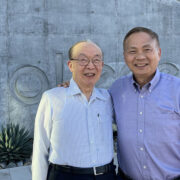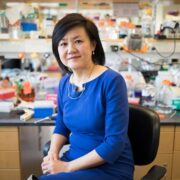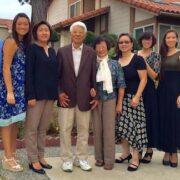From ECG to Odyssey: A Life in Academic Clinical Medicine
Ruey J. Sung 宋瑞珍
A Spark Ignited: A Journey into Cardiac Electrophysiology
The spark that ignited my passion for medicine flickered to life in 1968. Even before graduation, I earned the “Intern of the Year” award for recognizing a young patient’s cryptococcal meningitis. However, it was the electrocardiogram (ECG) that truly captivated me. Its elegant tracings offered a fascinating window into the heart’s intricate workings, both in health and disease.
This fascination propelled me down the path of internal medicine, cardiology, and ultimately, clinical cardiac electrophysiology. Willem Einthoven’s revolutionary invention, the ECG, transformed cardiac diagnosis. Building upon this foundation, W. Proctor Harvey’s “five-finger approach”—history, physical examination, ECG, chest X-ray, and lab tests—became my guiding principle. While the patient’s history remained paramount, the readily obtainable ECG proved essential for my initial assessments.
My internship and residency honed my skills in deciphering ECG patterns. As a cardiology fellow, I delved deeper with vectorcardiography (VCG), transforming flat lines into three-dimensional “loops,” unlocking a deeper understanding of the electrical heart. This pursuit led me to the esteemed Augustin Castellanos, Jr., who further refined my VCG skills and introduced me to the burgeoning field of clinical cardiac electrophysiology – the study of the heart’s internal electrical language.
The 1970s witnessed breakthroughs like Neher and Sakmann’s patch-clamping technique, which laid the groundwork for cellular electrophysiology, and Benjamin Scherlag’s innovative intracardiac His bundle recording, which further propelled the field. Joining the University of Miami in 1972, I embraced this emerging discipline, enriched by its potential to unravel the mysteries of cardiac arrhythmias. In 1980, my discovery of distinct anatomical pathways in AV nodal reentry challenged the prevailing theory, paving the way for targeted ablation therapies.
Here in I express my heartfelt thanks to Dr. Chih-Chuan Wang (王致權醫師) and Chun-Ching Foundation (純青社會基金會) for their generous support in making this website a reality, and to Ms. Sophia Wang (王素芬女士) and her team for their meticulous BLOG design. I am also profoundly grateful to the house staff and attending physicians of Stanford Medical Center and various hospitals throughout Taiwan McKay Memorial Hospital (馬偕紀念醫院), Li-Shin Hospital (壢新醫院), Wan Fun Hospital (萬芳醫院), China Medical and Pharmacological University Hospital (中國醫藥大學醫院), National Cheng Kung University Hospital (國立成功大學醫學院附設醫院) who provided the foundation for this teaching resource through their case presentations during my Monthly Bedside Teaching Sessions (2001-2012).
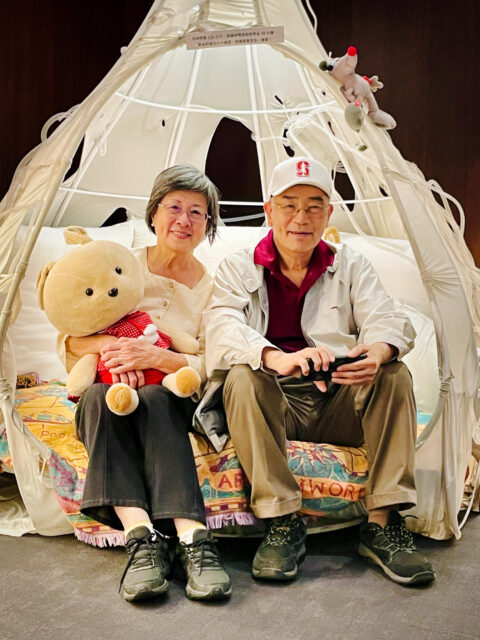
With wife, Kuei-Jung (攝影者:蔡娟娟 )
For more information and full article, please visit Dr. Ruey J. Sung’s website:
Posted on 03/27/24
Source from Dr. Ruey J. Sung 宋瑞珍

